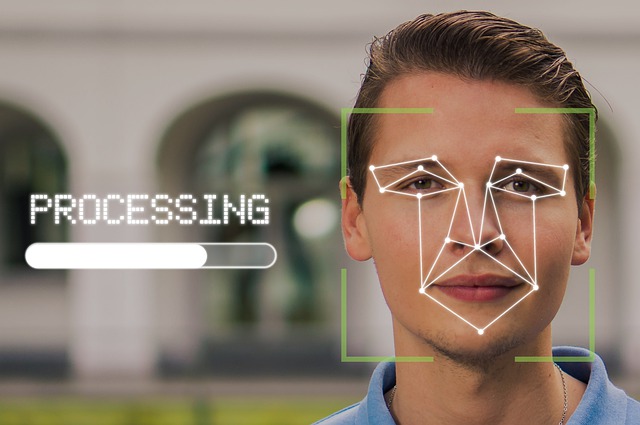Technology can make things easier or more efficient however as with most things, there is usually an opposing drawback or disadvantage seeking to balance things out.

Take for example the recent plans by some Scottish schools to introduce the use of biometrics, and in particular facial recognition, to try and speed up its lunch queues (You can read more about the plan here). Using facial recognition means that the student can be recognised as they arrive at the till allowing lunch staff to quickly scan foods items and apply to their lunch account, where the lunch account is topped up with credit by parents via an online portal. This will likely save a few seconds in lunch staff identifying the student on their system in order to apply the costs. A few seconds doesn’t sound like much but if you consider 600 students going to lunch each day, even a single second grows to 10mins saved per lunch period or 50mins per week or even over 3hrs per month. The potential benefit is pretty clear, but is this enough?
Cost
The first, and likely most obvious drawback in any technology implementation is cost. The cost of hardware, the cost of software but also the cost of planning, implementation, training and support. In almost every technology solution there will be an additional cost to be considered and it will be necessary to examine whether this cost is worth the proposed gain of the technology solution. And we need to be careful to ensure we look beyond the initial financial costs and consider the more long-term support, maintenance and replacement cost, the total cost of ownership. In the case of facial recognition in school canteens, it might be easy to compare this cost against the improvements in service or even a notional cost saving in terms of time saving.
Cyber Security
The other factor which is almost always guaranteed to act in balance is that of cyber security. Adding addition systems or solutions will likely increase the schools cyber attack surface and risk, even where appropriate risk mitigation strategies have been put into place. It will also add complexity which again increases risk. As such, cyber security needs to be considered in establishing whether the proposed gains are sufficient to outweigh any risks or costs.
Data Protection
Data Protection, which is linked to cyber security, is yet another factor that needs to be considered. It is likely more data or different types of data might be stored as the result of the proposed technology change. We need to be sure that we have processes in place for managing this, and that we continue to comply with UK GDPR or other data protection legislation. In the case of facial recognition this is particularly important and one of the stumbling blocks impacting on the Scottish schools proposal. We need to ensure that data gathering is proportional and reasonable to the purpose for which it is being gathered. In the case of gathering facial recognition data of children, below the age of 18, it is questionable whether this data gathering exercise, which means gathering sensitive biometric data, plus relates to children, is proportional when the aim is to reduce queuing and waiting times at lunch. Simply put, technology can bring about the improvement in waiting times, however in the form of facial recognition technology, it is questionable as to whether it should.
Conclusion
I often bleat on about balance. Seldom do we make gains through technology use without there being some sort of trade off, cost or other balancing factor. Financial cost is the most obvious of the costs however we equally need to consider the longer-term costs of support and maintenance. Additionally, the cyber security and data protection related risks also need to be considered in detail before proceeding. Just because technology CAN be used isnt enough; we also need to ask whether it is right to use it, and whether it SHOULD be used.

